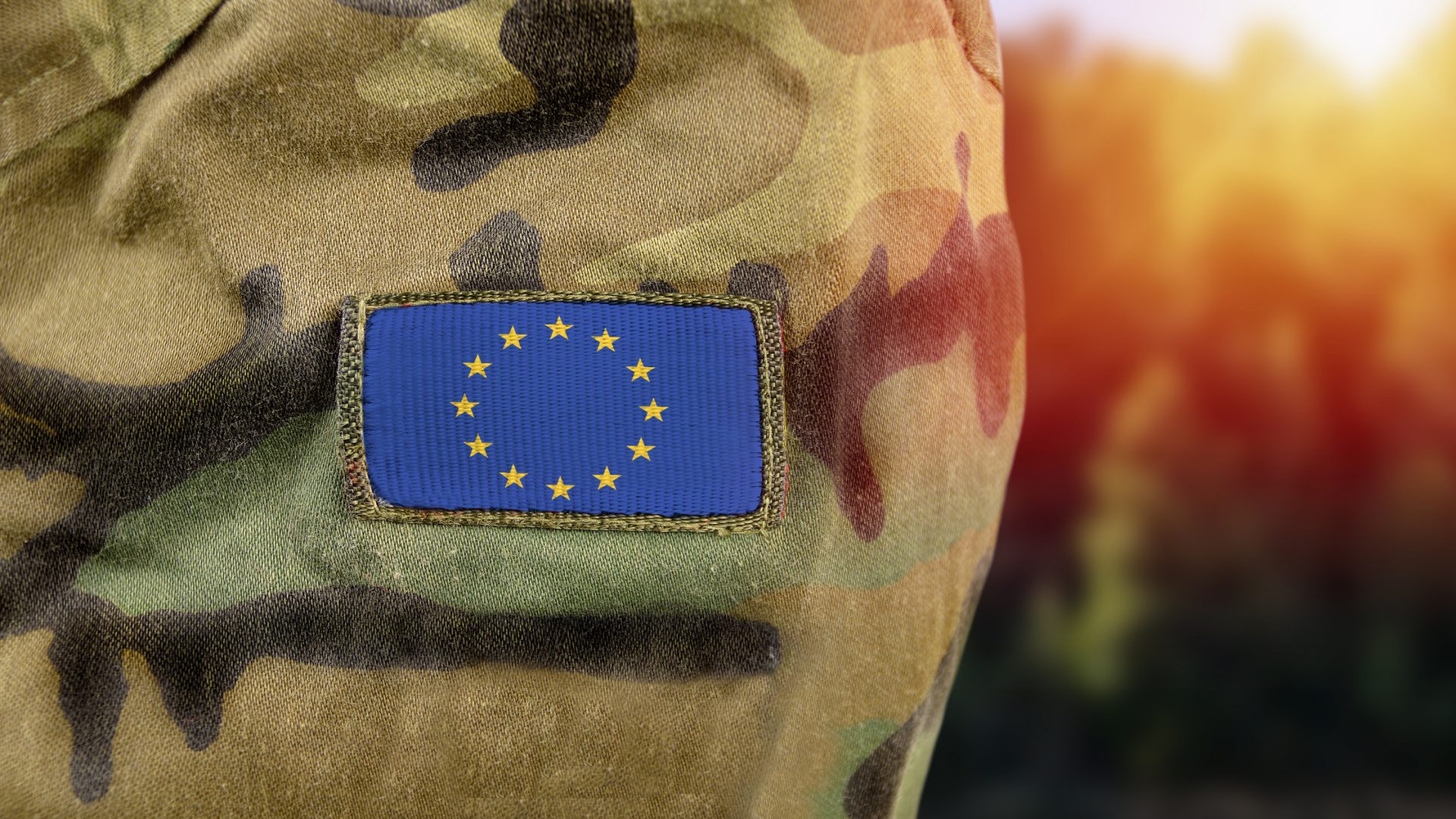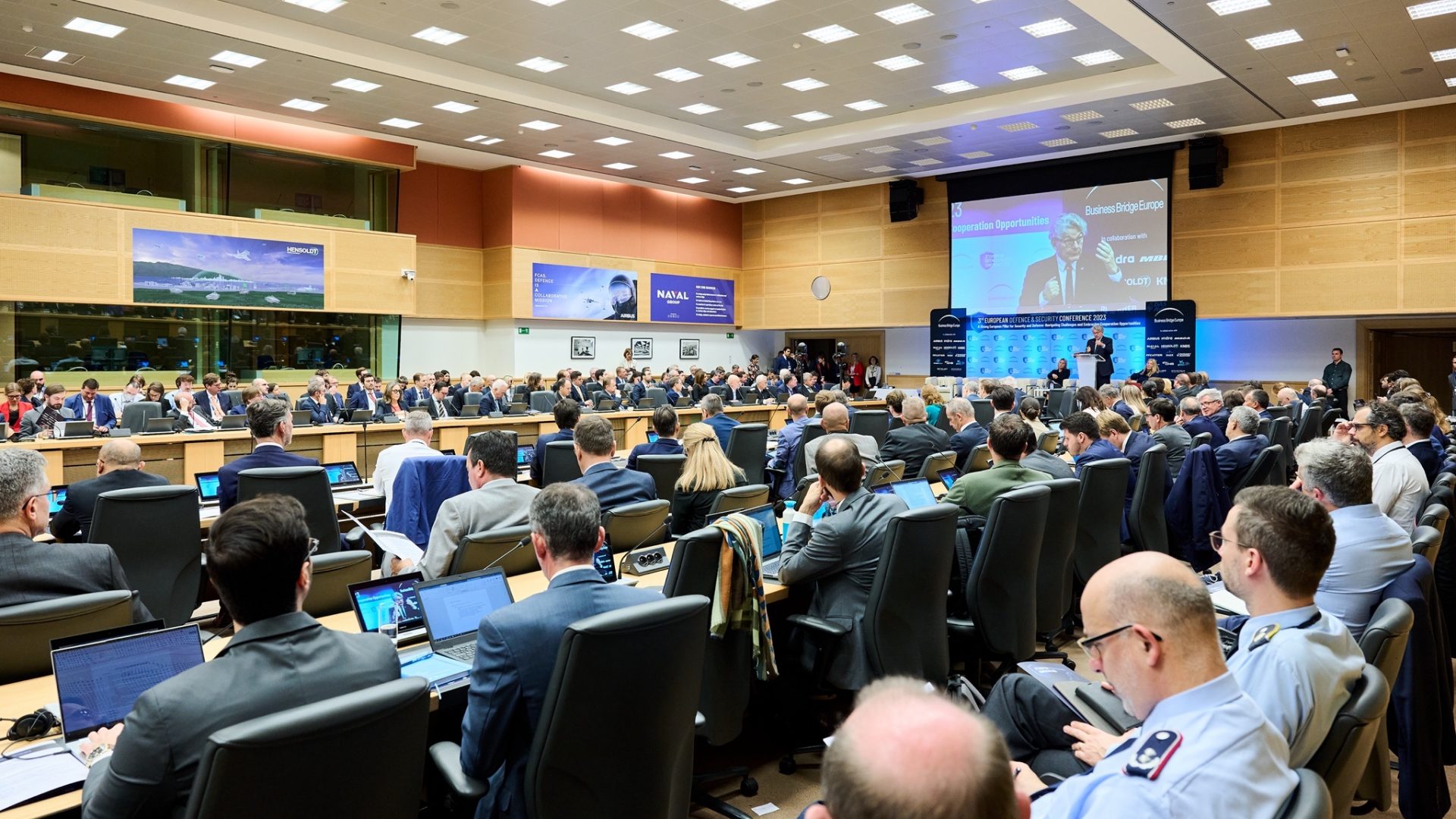
Charting Europe’s Defence Future: the 2024 Crossroad
Navigating the evolving European Defence landscape amid a consequential election year
A glance into the future
It’s October 2024 and the new Commissioners-designated are about to undergo the European Parliament’s examination that will allow them to take office for the next five years. Since the European Election, the tangle of negotiations on the top jobs and responsibilities for the next European Commission (EC) has almost been unravelled, and the new leadership of the European Union will soon take its first steps.
In a few days, the world will also be confronted with the vote of Americans, who will elect their new President on November 5th. The results are uncertain, and the spectre of a second Trump Presidency still looms over Europe.
The world, from Europe to the Indo-Pacific, teems with hotbeds of tension: Russia’s war on Ukraine does not show any sign of a change in the balance of power, and the conflict seems inevitably destined to move towards a long, attritional phase. Russia has also moved to a war economy mode, increasing the production of artillery shells, loitering munitions, air defences, and other critical systems many-fold compared to the pre-war time.
Ukraine made significant strives to prepare for the long fight and can now count on an enhanced defence industrial complex, even though its forces remain insufficient to overwhelm its adversary. The Ukrainian army’s shell consumption reached an impressive 200,000 units a month and could still not match the Russian Army’s levels despite the unprecedented military aid deployed by NATO, the EU and their Member States.
In the Middle East, months of relentless fighting among opposing sides left the region gripped by a creeping sense of impending disaster.
Excluding unpredictable political upheavals and miraculous peace formulas, the world we are expected to face in the coming months is nothing short of the grim picture we sketched above: the European Union and its Member States are set to meet more and more arduous challenges to their status in the international arena, and we cannot say that the signs were not there.
Now what?
Since the 1950s through the 2010s, the European Project has mainly overlooked efforts on security and defence, avoiding the crucial debate on self-reliance.
In the span of the last decade, nonetheless, the EU and its Member States have engaged in a not-always-linear process of re-definition of the EU’s role in security and defence, laying the foundation for a continent-wide defence policy that would, ideally, complement NATO’s framework. Some early initiatives proved to be a good model for long-term cooperation: the European Defence Fund, established in 2021, invested approximately 3.3 billion Euros in R&D of defence projects fostering cross-border industrial cooperation across Europe. Other attempts struggled to gain traction and serve their initial purpose: the Permanent Structured Cooperation, originating from the commendable desire to support defence cooperation building on Member States’ needs, has not yet delivered the expected capabilities.
A new phase initiated by the Russian aggression against Ukraine and the adoption of the Strategic Compass saw the Union test bolder options, including boosting defence production and incentivising common procurement in times of crisis.
The need for urgent action had to comply with the limits dictated by the sovereignty of Member States. The Commission’s ambitions were tempered by a number of reservations, particularly regarding the scope of the regulatory powers coveted in the new proposal. Overall, the Act in Support of Ammunition Production (ASAP) and the European Defence Industry Reinforcement through Common Procurement Act (EDIRPA) could only make for temporary measures equipped with limited financial resources – a total of 800 million Euros for the 2023-2025 period – and no innovations on the Commission’s role, in particular in the area prioritising orders and mapping defence production capabilities.
As of February 2024, the upcoming proposals for a European Defence Industry Strategy (EDIS) and a European Defence Investment Programme (EDIP) stand out as the last wild card in the Commission’s hand before the European Elections. The consistent political endorsement of the package by President von der Leyen and Commissioner Breton and the increasingly popular proposal to establish the new figure of a Defence Industry Commissioner raise expectations for measures expected to lay down a long-term vision for the EU defence industry.
In this respect, there is no shortage of open questions, and the consultation on the EDIS launched by the Commission’s services towards the end of 2023 can only give us a glimpse of the final product. If we can expect that the Strategy will draw attention to 3 main areas – namely, aggregation of demand, European Defence Industry readiness and building a single market for defence products – the overall level of ambition, the policy solutions envisaged and the nature of the resources that will accompany the proposals remain a question mark.
Whatever the contents, these initiatives will have to go through the stormy waters of an EU electoral campaign, overcome the (many) reservations of Member States and the industry and find sufficient political support within the new Commission and European Parliament to avoid going unheeded. Arguably, the discussions on these files will not resume before December 2024.

A way forward
The challenging circumstances posed by the international scenario and their concomitance with the renewal of EU and US leadership add a layer of complexity to the endeavour of re-shaping European defence cooperation. The crisis situation may have shaken Europe’s conscience on the need for action and offered an unmissable window of opportunity. Despite this, the political volatility of the juncture and the complexities of security and defence cooperation require all political, industrial and civil society stakeholders to come together for a pragmatic reflection on safeguarding Europe’s autonomy and interest.
With a newly elected European Parliament, a new Commission ready to take office and on the eve of US elections, October 2024 represents – in our opinion – a momentous juncture to shape the future of defence and security policy and address key messages to the new Western leaderships.
Bearing all this in mind, logos-Business Bridge Europe nurture the ambition to contribute to this crucial debate, facilitating a constructive exchange on the challenges and opportunities of the sector. The 4th Edition of the European Defence and Security Conference, in autumn 2024, will once again constitute the unmissable annual rendez-vous to deepen dialogue and shape the future of Europe’s security and defence.
In 2024, this dialogue will benefit more than ever from the engagement of Member States and Industrial representatives, who have the leading role in ensuring that today’s crises will be seen tomorrow as the beginning of a European success story.